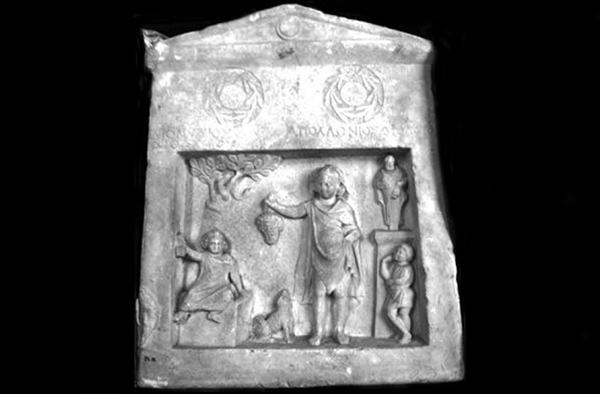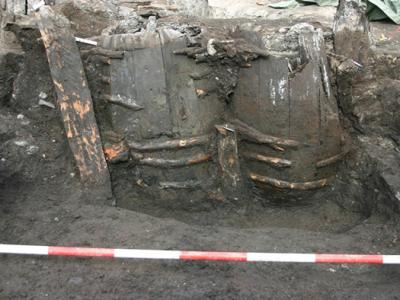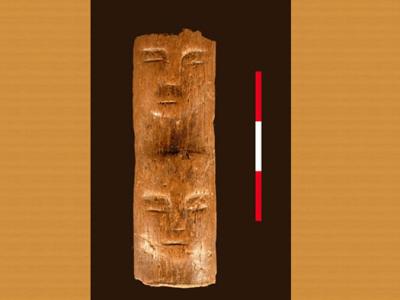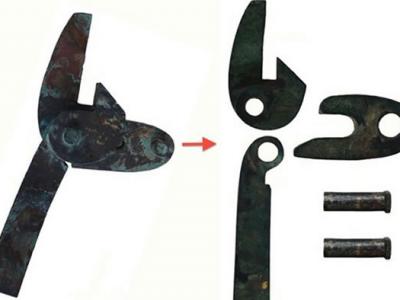Ancient Greek Tombstones Served as Therapy
Greek tombstones were not just commemorative markers, but served as therapy for the bereaved, says a study on images and epitaphs found on 2,300-year-old gravestones.
The research examined 245 grave reliefs from the Greek city-states of Smyrna and Kyzikos in present-day Turkey.
Dating to the Hellenistic period (323-31 B.C.), when production of funerary reliefs was at its height in western Asia Minor, the rather expensive tombstones probably belonged to the equivalent of middle class individuals.
According to Sandra Karlsson, a doctoral student at the University of Gothenburg, Sweden, the rarely investigated sepulchral imagery can offer precious insights about funerary rituals, demographics, and family structures. Most of all, the reliefs reflect people’s way of relating to death.
"In classical antiquity there were strict conventions for grieving for the dead, based on the belief that death is not an evil and hence not a reason for sorrow," Karlsson wrote in her doctoral thesis in classical archaeology and ancient history.
However, in the Hellenistic age artists had a more naturalistic approach and tended to represent emotional expressions in sculpture and funerary art.
"The emotional semiotics that confronts us ranges in content from solemn expressions of introspective mourning in the case of Smyrna to more explicit outpourings of grief in the case of Kyzikos," Karlsson said.
In this view, the tombstones became a place of interaction between the living and the dead and served as "visual therapy" for the bereaved.
"Viewed through the experience of the mourner, the images fulfilled a soothing and consoling function, preserving and enhancing the memory of the deceased," Karlsson said.
For example, the dead were often portrayed as standing next to their grave markers, indicating they were happily existing in the underworld.
Servants and family members were also represented with the dead. But while relatives were lined up next to each other like statues, servants performed various gestures signifying mourning and grief. For example, they sat on the ground or touched their chin with one hand.
"Social conventions encouraged individuals of lower standing to mourn," Karlsson said.
On the contrary, people with higher status were less likely to express grief.
By analyzing the tombstones, Karlsson noted that untimely death was a recurrent theme in both reliefs and epitaphs.
"I found the strongest expressions of grief for deceased children and adolescents," she said. She noted that children were often depicted holding grapes, a symbol of eternal life.
"The grapes' presence might be imbued with hopes for a continued existence after death; surely a comforting reminder for a grieving family member," Karlsson said.
A desire for more personal expressions often emerged in tombstones for children, revealing touching epitaphs and images of boys and girls playing with their toys and pets, mostly birds and Maltese dogs.
"Kind of like modern obituaries where the cross is often replaced with more personal symbols like a heart or a football. Or by posting a photograph of the person on the tombstone," Karlsson concluded.
Image: Tombstone from Smyrna. The small boy to the left is sitting on a grave monument and holding a rattle in his right hand, while another curly haired boy is holding a bunch of grapes above a small dog. On the right, in front of a pillar, is a mourning a servant boy with his right hand on his chin. Credit: University of Gothenburg.(Mar 13, 2014 11:32 AM ET // by Rossella Lorenzi)












